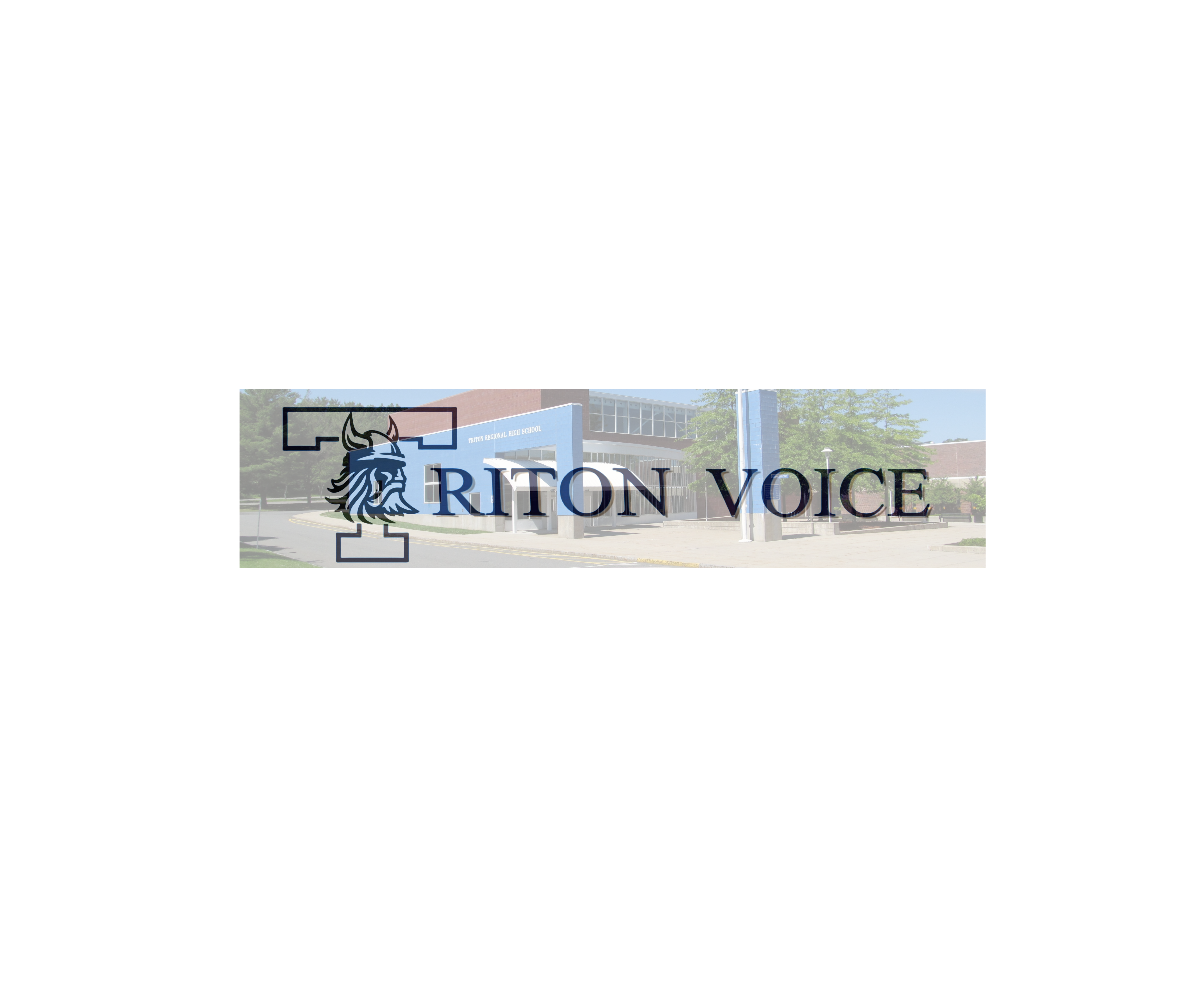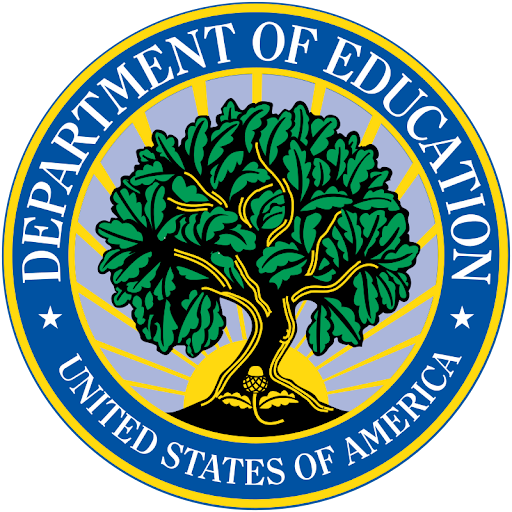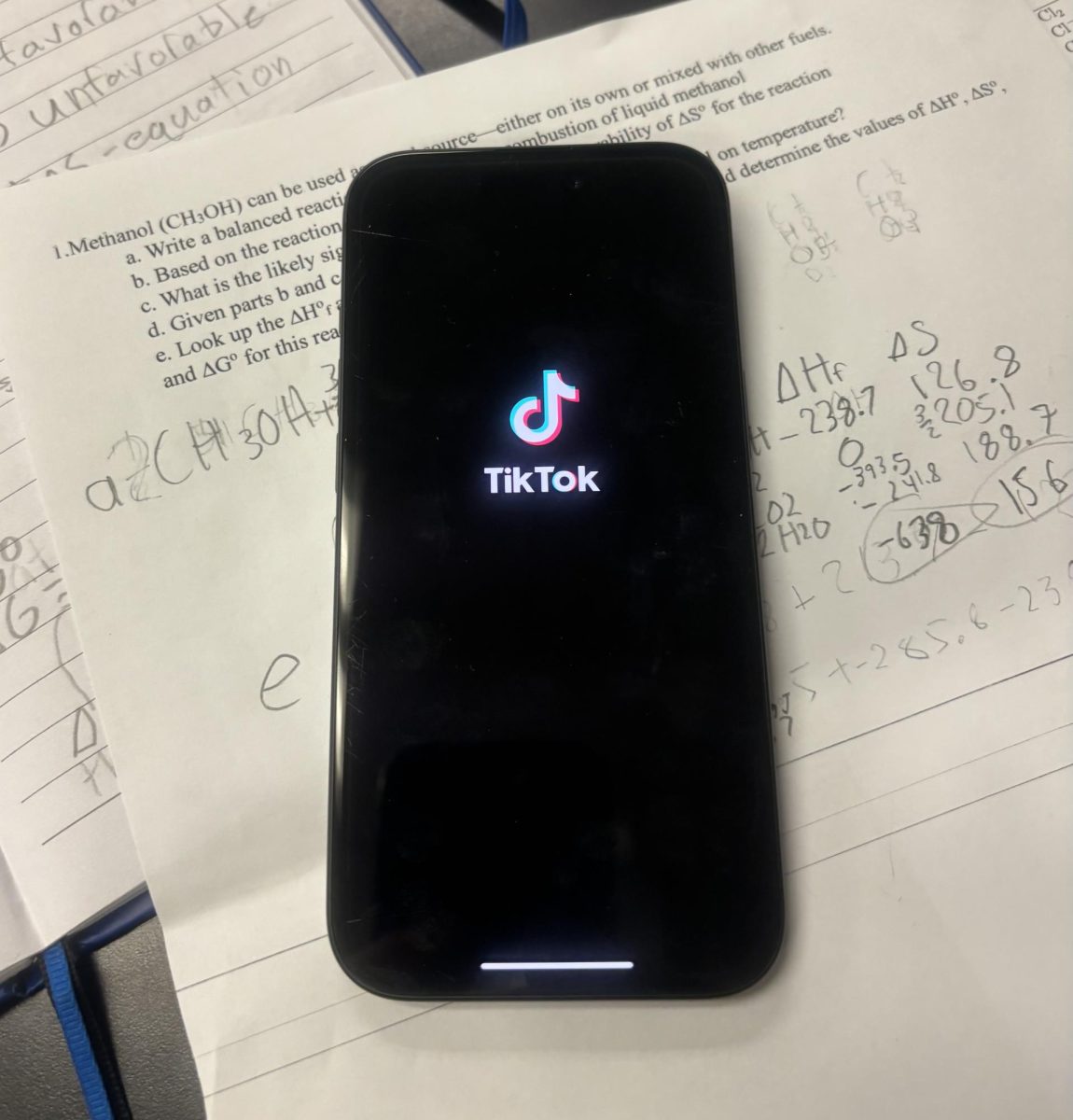According to the U.S. Department of Education, their mission is to “Promote student achievement and preparation for global competitiveness by fostering educational excellence and ensuring equal access,” but what does this mean?
According to the U.S. Department of Education’s office of Communication and Outreach (OCO) The Department of Education is mainly responsible for ensuring equal opportunity among students as well as supplementing states, school systems, nonprofit research organizations (as well as other community organizations), parents, and students to improve the quality of education. They also promote the importance of education by utilizing research, public information, and other methods, as well as ensuring that federal education programs are properly coordinated and that education activities are properly managed.
According to the U.S. Department of Education’s Office of Communication and Outreach (OCO), the Department of Education is mostly a local and state responsibility in the United States. The Department was established in 1867 to collect information on schools that would aid states in creating effective school systems.
According to the U.S. Department of Education’s Office of Communication and Outreach (OCO), in 1980, Congress established the Department of Education as a Cabinet-level agency. Today, the Department operates programs that affect all areas and levels of education. The secondary and elementary programs of the Department serve nearly 18,200 (98,000 public schools and 32,000 private) school districts and over 50 million students. They also provide grants, loans, and work-study assistance to more than 12 million post-secondary students.
According to the U.S. Department of Education’s Office of Communication and Outreach (OCO)
Out of $1.15 trillion, 8 percent comes from federal funding from the Department of Education as well as the Department of Health and Human Services Head Start Program, and the Department of Agriculture’s School Lunch Program. The Department of Education targets its funds where it can “Do the most good,” which acts to fill the gaps in state and local support for education if need be.







